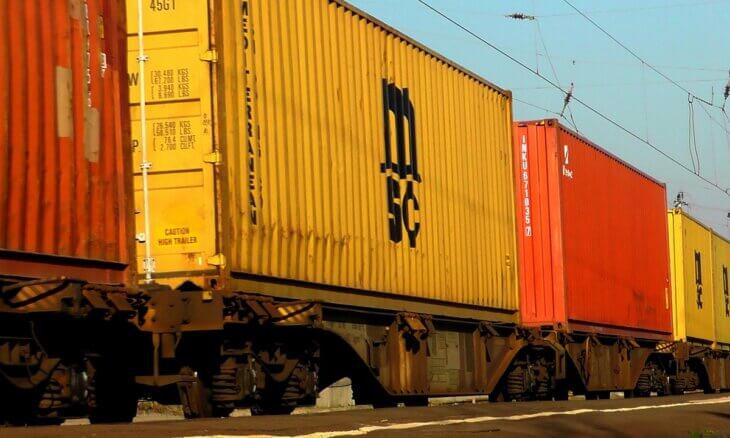
The Government of India has approved a series of railway infrastructure projects aimed at enhancing cargo movement and connectivity to three major ports located on the eastern coast—Paradip, Dhamra, and Kolkata (Haldia). While these ports are presently connected to the Indian Railways network, the sanctioned and proposed developments are intended to further strengthen logistical efficiency and operational capacity.
Paradip Port (Odisha)
Multiple initiatives have been identified for Paradip Port to support growing freight traffic and improve operational fluidity. These include the sanctioned third and fourth railway lines between Paradip and Badabandha (19 km), the construction of a rail flyover between Paradip and Siju, and the implementation of automatic signaling between Cuttack and Paradip.
Additionally, a survey has been sanctioned for a third and fourth line between Cuttack and Badabandha (72 km). The survey work for doubling the Haridaspur–Paradip section (74 km) has also been completed and the corresponding Detailed Project Report (DPR) has been prepared.
Dhamra Port (Odisha)
In order to improve connectivity to Dhamra Port, survey work has commenced for a proposed 96 km new railway line between Jajpur Keonjhar Road and the port via Jajpur and Aradi. This proposed alignment is expected to facilitate better access for cargo movement from the hinterland to the port.
Haldia Port (West Bengal)
For improving connectivity to Haldia Port in Kolkata, the Railway Ministry has sanctioned a survey for the development of third and fourth lines between Tamluk and Panskura. This initiative is expected to support higher rail traffic volumes along this critical corridor.
Project Evaluation Criteria
All project proposals are evaluated on multiple parameters including commercial viability, traffic forecasts, operational requirements, demands from State Governments, and broader socio-economic impact. Final approvals are subject to the availability of financial resources and prioritization within the framework of ongoing commitments.
The implementation of these projects is expected to significantly contribute to the national objective of developing efficient multimodal logistics networks and enhancing the capacity of port-linked railway infrastructure in eastern India.

